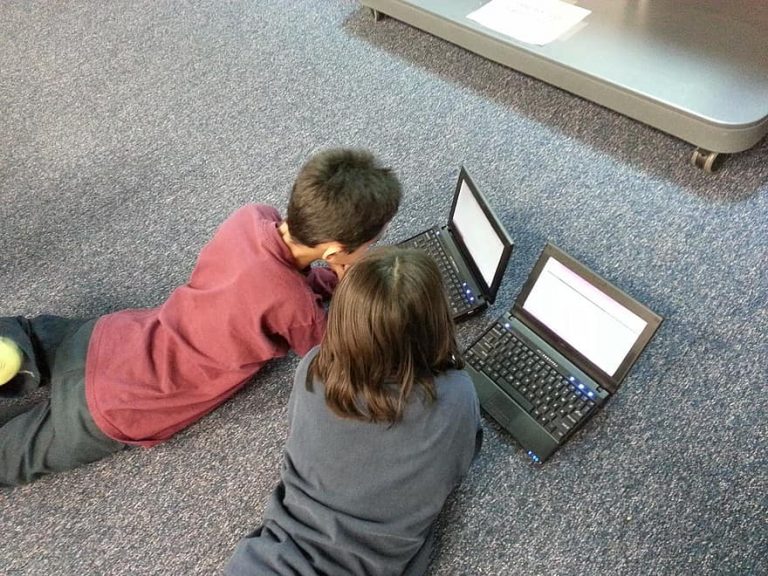Published on June 5, 2024

Written by Postdoctoral Fellow, Computer Science, University of Washington; Associate Dean, Master of Design, Emily Carr University; and Associate Professor, Media and Communication Studies, Athabasca University
Published in The Conversation.
According to a 2023 study by the International Telecommunications Union, approximately 2.6 billion people are unconnected to the internet. It’s a staggering figure.
There are many reasons for this, including poverty, reliability of service, access to linguistically and culturally relevant content, leisure time, access to equipment and training. But perhaps the most debilitating barrier is access to network infrastructure.
One way communities are overcoming network access barriers is by creating networks themselves. A digital network built and operated by the people who use it is a collective response to what is often a systemic problem. Communities are building and operating their own broadband networks all over the world.
One of the key challenges that arises when people want to build their own broadband network is ensuring community members have the knowledge and skills required to address the complexities involved. Many different kinds of information have to be assembled and strategically navigated.
This is the problem we set out to solve with the Community Network Roadmap.
We came together as a small team of engineers, social scientists and designers to create a document that helps non-experts design, create and sustain a community-run broadband network. The elements of a network need to not only be built and installed, but also maintained, repaired and replaced over time. These elements include both technical and social infrastructure such as key personnel and community relationships.
The Roadmap is based on research evaluating success strategies of community networks in Argentina and Mexico. Members of the team also had experience building networks in North America and working with community network builders from around the world. In the Roadmap, we wanted to emphasize two strategic priorities: building and maintaining.
Building encompasses the urgency and complexity of getting a network off the ground, while maintaining considers planning for long-term network sustainability.
We designed the Roadmap using visual strategies for clarity — for example, we strategically differentiated the layout with colour coding, using yellow for “Build” and purple for “Maintain.” This design approach improves understanding and also anticipates future challenges related to both the inception and maintenance phases of the community network’s lifecycle.
Information design can organize complex information in more accessible and inclusive ways. We organized the content structurally and visually to provide a clear, accessible, easy-to-navigate and usable document for as broad an audience as possible.
The Roadmap emphasizes community efforts aimed at inclusion, accountability, group decision-making and long-term planning. And it also presents the technical steps and stages required for building a network in an accessible way — including local needs assessments, network mapping, equipment choices and deploying a pilot network.
Postdoctoral Fellow in Computer Science at the University of Washington, and her team discuss community-based broadband networks.